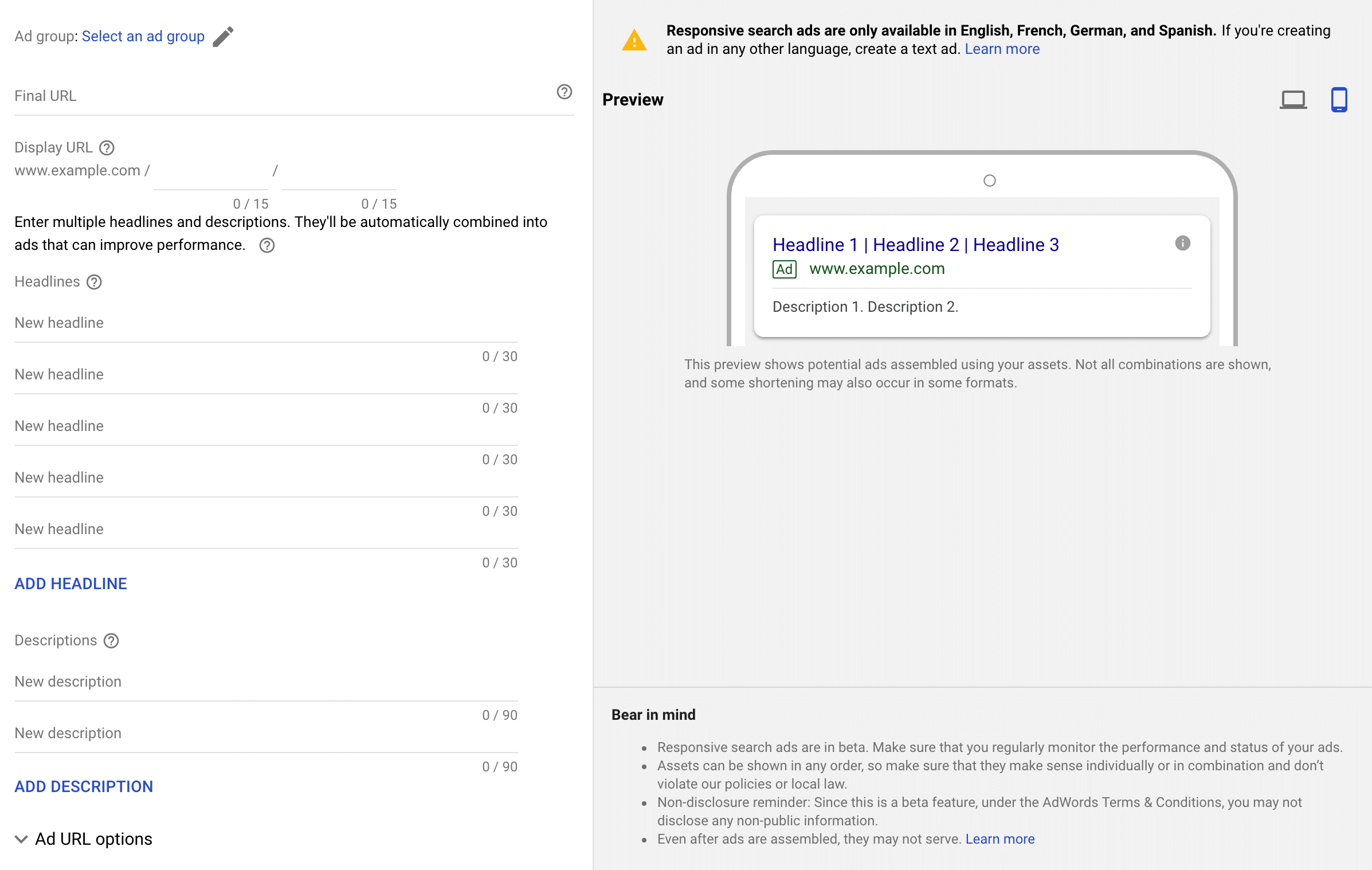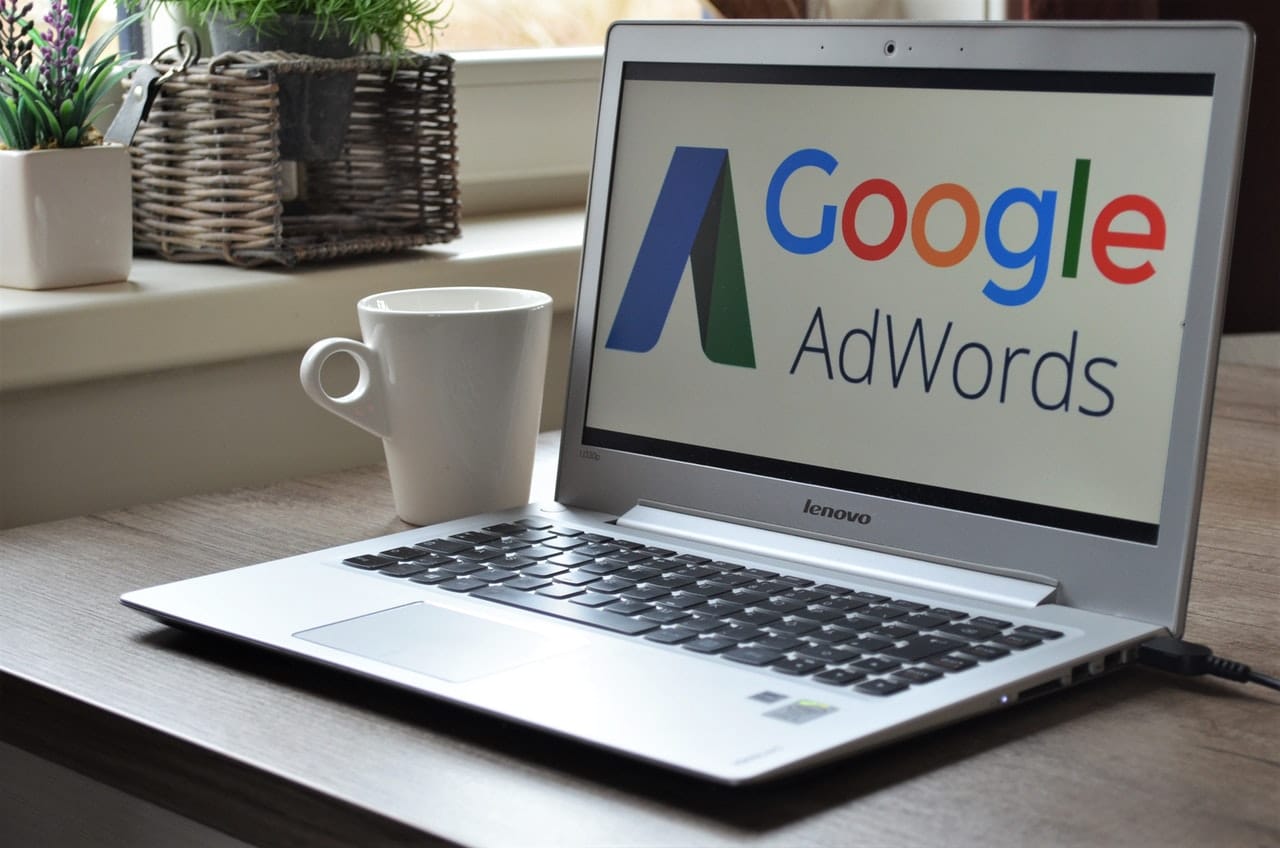It’s fair to say AdWords rules the world of online advertising. But it didn’t get there by standing still. Google is forever tweaking AdWords to make it better for users. And its latest feature comes in the form of responsive search ads, described by Google as offering “more flexibility with minimal preparation”.
Read on as we take a closer look at the new responsive search ads.
The basics of responsive search ads
Standard search ads appear on Google’s search engine results pages. Search for a product or service perhaps, and you’ll see them at the top of the page and the bottom. Click on an ad and you’ll go to that website – the advertiser will then be charged accordingly.
Search ads can consist of many different elements, such as prices, sitelinks and a phone number. However, the core elements of a search ad is the title and the description. To date, advertisers have manually created multiple versions of search ads using a variety of different titles and the descriptions. And – over a period of time – have found the better combinations though a process of A/B testing.
This might be set to change, with the launch responsive search ads…
Finding what works best
With Google’s responsive search ads, advertisers can add up to 15 headlines and 4 descriptions in total when making their ad. Google will then automatically complete A/B tests for these to find the best combination, with a maximum of 3 headlines (instead of 2) and 2 x 90-characters descriptions (instead of 1 x 80-character description) displayed on the final ads.
This innovative tool from Google has a clear advantage for users. It allows you to test different ad copy without creating new variants. In doing so, it saves time creating multiple ad variants and does the split testing for you. That’s a hefty, time consuming task taken off your plate.

Some tips for responsive search ads
Despite having a clear benefit to users, responsive search ads don’t come without their drawbacks. Google provides the option to pin headlines and descriptions to specific positions in the ad. This is helpful in some instances, such as having disclaimers at the end of the advert. However, users should be careful about which headlines they pin to certain positions, in case they don’t make sense in the final versions.
At present, it’s also worth noting this new feature is only a feature in Beta. It won’t be rolled out to all accounts and might not becoming a full feature of AdWords in the future. So, while it may prove useful, it’s not a replacement for traditional search ad just yet.
Get AdWords to work for you
To succeed on AdWords, companies need to understand all the features – old and new – and exactly how to utilise them. That’s what Fluid Digital brings to the table. We have years of experience in pay-per-click advertising, with an average 10:1 return on ad spend for our clients. In short, we help you optimise your ads and better reach your target audience, adding serious value to your business. Contact us today to find out more.

